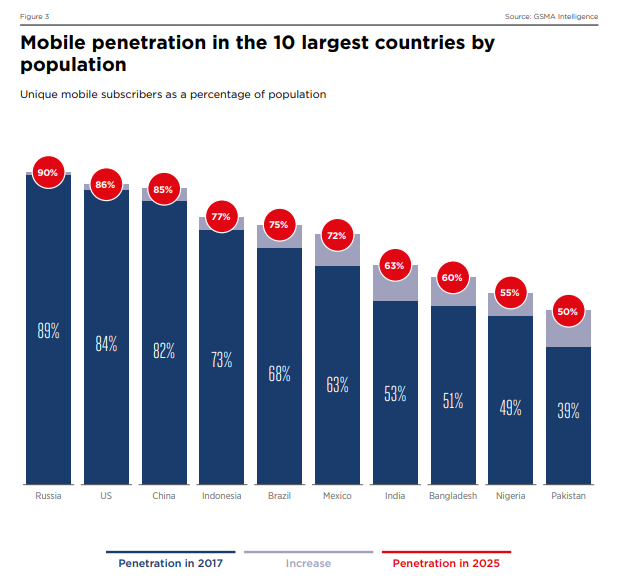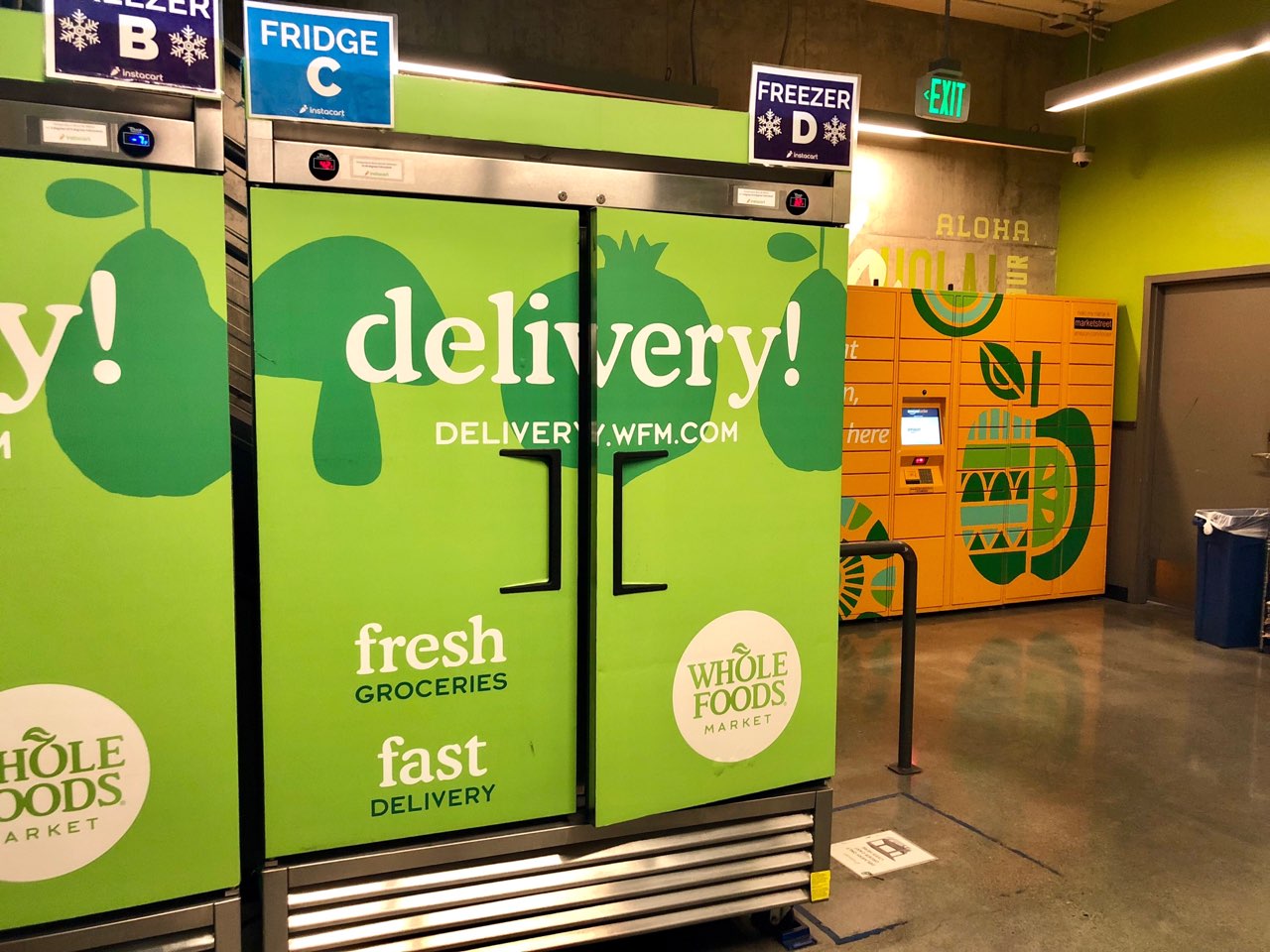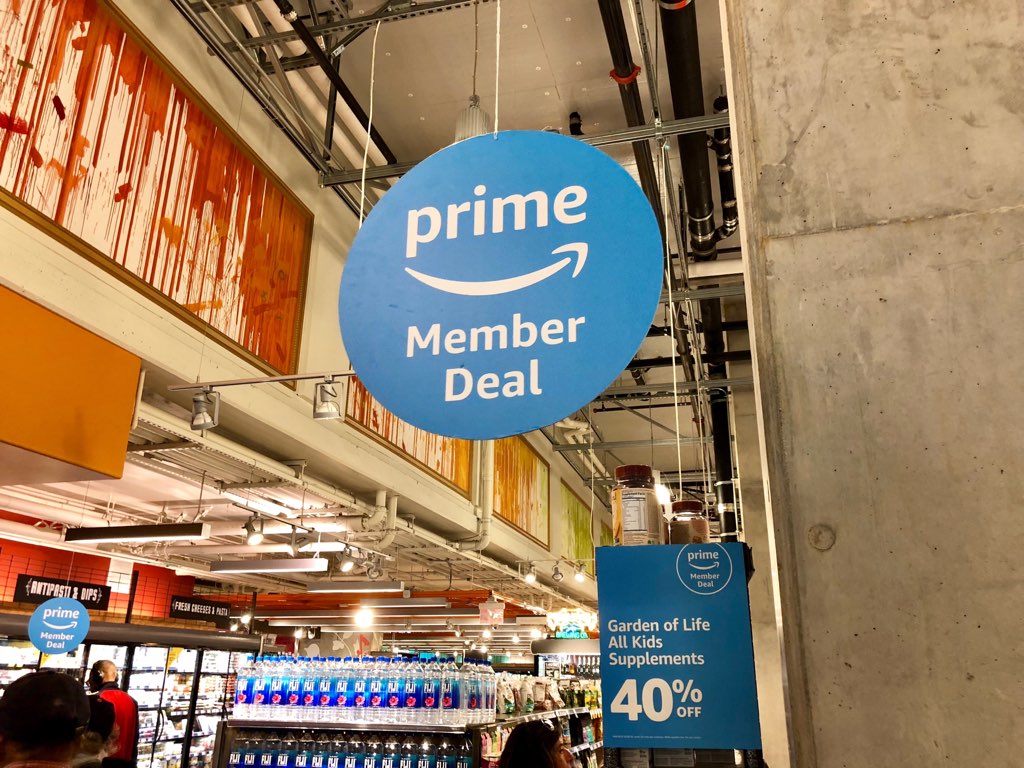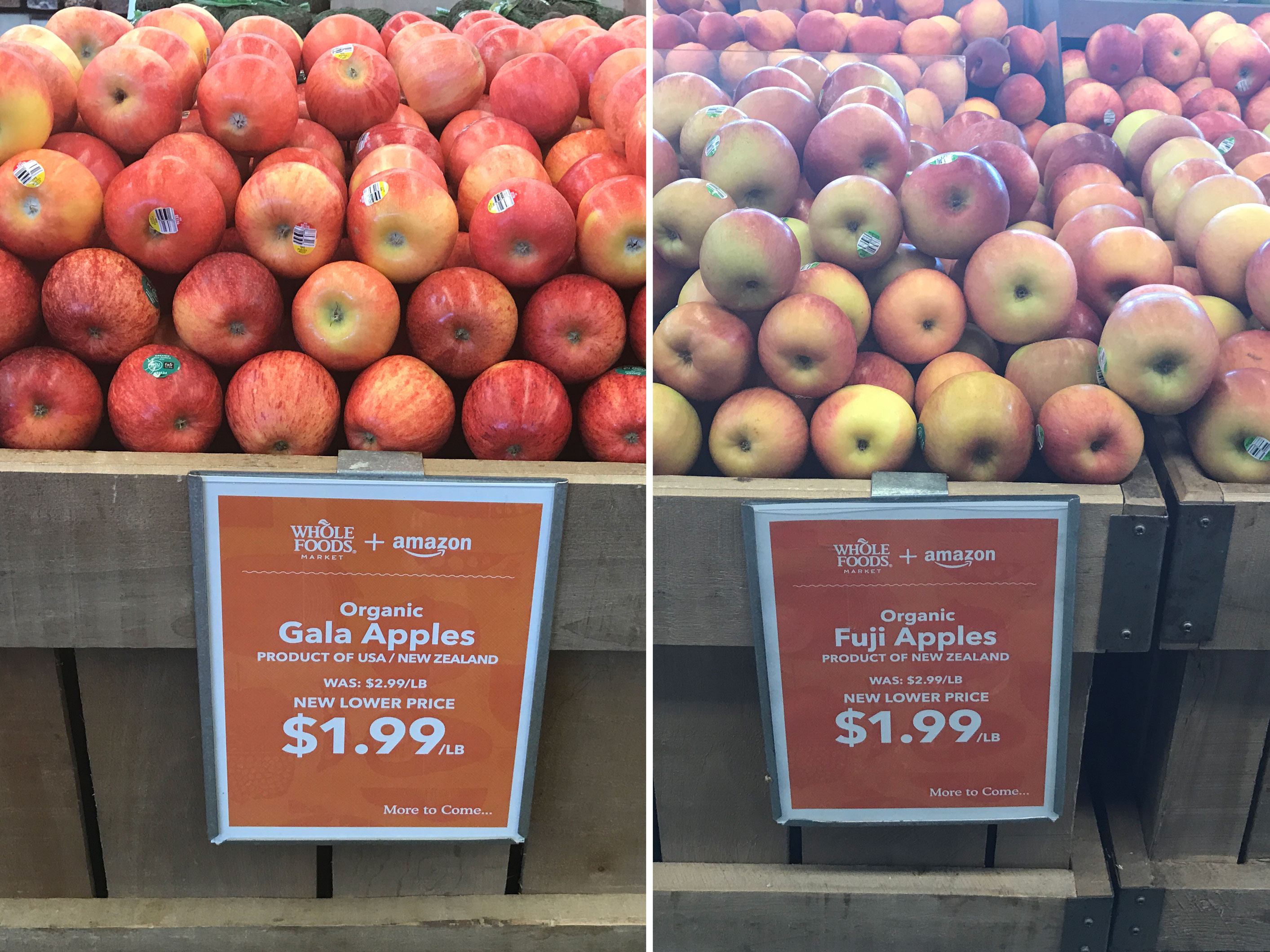Yes I am very late to this. But I am also very annoyed so I am adding my voice to the now sustained chorus of complaints about Apple’s redesigned Mac keyboard: How very much it sucks. Truly, madly, deeply.
This is the keyboard that Apple “completely redesigned” in 2015, in its quest for size zero hardware, switching from a scissor mechanism for the keys to what it described then as the “new Apple-designed butterfly mechanism” — touting this as 40% thinner and 4x more stable.
Reader, there is nothing remotely beautiful and butterfly-esque about the experience of depressing these keys. Scattershot staccato clattering, as your fingers are simultaneously sucked in and involuntarily hammer out a grapeshot of key strikes, is what actually happens. It’s brutalist and unforgiving. Most egregiously it’s not reliably functional.
The redesigned mechanism has resulted in keys that not only feel different when pressed vs the prior MacBook keyboard — which was more spongey for sure but that meant keys were at reduced risk of generating accidental strikes vs their barely-there trigger-sensitive replacements (which feel like they have a 40% smaller margin for keystrike error) — but have also turned out to be fail prone, as particles of dust can find their way in between the keys, as dust is wont to do, and mess with the smooth functioning of key presses — requiring an official Apple repair.
Yes, just a bit of dust! Move over ‘the princess and the pea’: Apple and the dust mote is here! ‘Just use it in a vacuum’ shouldn’t be an acceptable usability requirement for a very expensive laptop.
Apple has also had to make these keyboards quieter. Because, as I say, the act of using the keyboard results in audible clackclackery. It’s like mobile phone keyclicks suddenly got dizzingly back in fashion. (Or, well, Apple designers got to overindulge their blue-sky thinking around the idea that ‘in space no one can hear you type’.)
Several colleagues have garnered dagger glances and been told to dial it down at conferences on account of all the key clattering as they worked. Yet a keyboard is made for working. It’s a writing tool. Or it should be. Instead, Apple has made a keyboard for making audible typos. It’s shockingly bad.
As design snafus go, this is up there with antenna-gate. Except actually it’s much worst. You can’t not ‘hold it in that way’. You can’t press keys on a keyboard radically differently. I guess you could type really slowly to try to avoid making all these high speed typos. But that would have an obvious impact on your ability to work by slowing down your ability to write. So, again, an abject mess.
I’ve only had this Oath-issued 2017 MacBook Pro (in long-held-off exchange for my trusty MacBook Air, whose admittedly grimy and paint-worn keys were nonetheless 100% functional after years of writerly service) for about a month but the keys appear to have a will of their own, whipping themselves into a possessive frenzy almost every time they’re pressed, and spewing out all manner of odd typos, mis-strikes and mistakes.
This demonic keyboard has summoned Siri unasked. (Thanks stupidly pointless Touch Bar!) It has also somehow nearly delivered an ‘I’m not interested’ auto-response to a stranger who wrote me at length on LinkedIn to thoughtfully thank me for an earlier article. (Fortunately I didn’t have auto-send enabled so I could catch that unintended slapdown in the act before it was delivered. No thanks to the technologies involved.)
At the same time Caps Lock routinely fails to engage when pressed, as if it’s practising for when it’ll be broken. It equally countlessly fails to disengage when re-pressed. ‘Craps Out Lock’ more like. I fear it’s beset by dust motes already. Which is hard to avoid because, y’know, everything in the world is made of dust.
The keyboard also frustrates because of the jarring juxtaposition of having individual keys that depress too willingly, seeming to suck the typos from your fingers as letters get snatched out of sequence (and even whole words coaxed out of line), coupled with a backspace key that refuses to perform quickly enough (I’ve had to crank it right up to the very fastest setting) so it can’t gobble up the multiple erroneous strikes quickly enough to edit out all the BS the keyboard is continually spewing.
The result? A laptop that’s lightning quick at creating a typo-ridden mess, and slow as hell to clean it up.
In short, it’s a mess. A horrible mess that makes a mockery of the Apple catchphrase of yore (‘it just works’) by actively degrading the productivity of writing — interrupting your work with pointless sound and an alphabetic soup of fury.
The redesigned keyboard has been denounced by Apple loyalists such as John Gruber — who in April called it “one of the biggest design screwups in Apple history“.
He precision-hammered his point home with this second economical sentence: “Everyone who buys a MacBook depends upon the keyboard and this keyboard is undependable.”
Though it was Casey Johnson, writing for The Outline, who raised the profile of the problem last year, kicking up a major stink over her MacBook keys acting up (or dead) after a brush with invisible dust.
Since then keyboard-related problems have garnered Apple at least one class action lawsuit.
Meanwhile, the company has responded to this hardware headache of its own design like the proverbial thief in the night, quietly fiddling with the internals when no one was looking. Most notably it slotted in a repair earlier this year, when it added a sort of silicon gum shield to wrap the offending butterfly mechanism, which is presumably supposed to prevent dust from wreaking its terribly quotidian havoc. (Though it’s no use to me, right here, right now, with my corporate provisioned 2017 MBP.)
We know this thanks to the excellent work done by iFixit this summer, when it took apart one of Apple’s redesigned redesigned keyboards and found a thin rubberized film had been added under the keycaps. (Looking at this translucent addition, I am reminded of Alien designer HR Giger’s biomechanical concoctions. And of Ash’s robotic hard-on for poking around inside the disemboweled facehugger. But I digress.)
Shamelessly Apple tried to sell this tweak to journalists as solely a fix for those noisy key clicks. iFixit was not at all convinced.
“This flexible enclosure is quite obviously an ingress-proofing measure to cover up the mechanism from the daily onslaught of microscopic dust. Not — to our eyes — a silencing measure,” it wrote in July. “In fact, Apple has a patent for this exact tech designed to “prevent and/or alleviate contaminant ingress.”
And the date on Apple’s ingress-proofing key-cap condom patent? September 8, 2016. Read that and weep, MacBook Pro second-half 2016, 2017 and first half 2018 owners.
So if, like me, you’re saddled with a 2017 (or earlier) MBP there’s sweet F.A. you can do about this fatal design flaw in the core interfacing mechanism you must daily touch. Abstention is not an option. We must typo and wait for the inexorable, dust-based doom to strike the space bar or the ‘E’ key — which will then make the typing experience even more miserable (and require a trip to an Apple store to swaddle the misbehaving keys in rubber — leaving us computerless, most probably, in the meanwhile).
There is an entire novel written without the letter E. I propose that Apple’s failed keyboard redesign be christened the ‘Gadsby‘ in its honor — because, ye gads, it’s awful.
This is especially, especially frustrating because the MacBook Air keyboard was so very, very good.
Not good — it was great. It was as close to typing perfection I’ve come across in a computer. And I’ve been typing on keyboards for a very long time.
Why mess with such a good thing?! Marginally thinner than what was already exceptionally thin hardware is hardly something consumers clamour for.
People are far more interested in having the thing they bought and/or use actually doing the job they need it for. And definitely not letting them down.
(Or “defienmtely nort letting them down” as the keyboard just reworked the line. I really should have saved every typo and posted a mutant mirror text beneath this one, containing all the thousands of organic instances of ‘found poetry’ churned out by the keyboard’s inner life/poet/drunk.)
If shaving 40% off the profile of the key mechanism transforms an incredible reliable keyboard into a dust-prone, typo-spewing monster that’s not progress; it’s folly of the highest order.
Offering free repairs to affected users, as Apple finally did in June, doesn’t even begin to fix this fuck up.
Not least because that’s only a fix for dust-based death; There isn’t a rubber film in the universe that could make typing on these keys a pleasing experience.
What does it tell us when a company starts making the quality of its premium products worse? Especially a company famed for high-end design and high quality hardware? (Moreover, a company now worth a staggering $1tr+ in market capitalization?)
It smacks of complacency, misaligned priorities and worrying blindspots — at the very least, if not a wider lack of perspective outside the donut-shaped mothership. (Perhaps there’s been a little too much gathering around indoors in Cupertino lately, and not enough looking out critically at a flaking user experience… )
Or else, well, it smacks of cynical profiteering.
Clearly it’s not a good look. Apple’s reputation rests in large part on its hardware being perceived as reliable. On the famous Steve Jobs’ sales pitch that ‘it just works’. So Apple designing a keyboard that’s great at breaking for no reason at all and lighting fast at churning out typos is a truly epic fail.
Of course consumer electronic designs won’t always work out. Some failure is to be expected — and will be understood. But what makes the keyboard situation so much worse is Apple’s failure to recognise and accept the problem so that it could promptly clean up the mess.
Its apparent inability (for so long) to acknowledge there even was a problem is a particularly worrying sign. Having to sneak in a late fix because you didn’t have the courage to publicly admit you screwed up is not a good look for any company — let alone a company with such a long, rich and storied history as Apple.
More cynical folks out there might whisper it’s design flaw by design; A strategic fault-line intended to push users towards an upgrade faster than they might have otherwise have unzipped their wallets. Though Apple offering free keyboard repairs (also, albeit, tardily) contradicts that conspiracy theory.
Yet the notion of ‘built in obsolescence’ persists where consumer computing hardware is concerned, given how corporate profits do tend to be locked to upgrade cycles.
In Apple’s case it’s an easy charge to level at the company given its business model is still, in very large part, driven by hardware sales. So Apple doing anything that risks encouraging consumers to feel it’s intentionally making its products worse is also folly of the highest order.
Apple does have some active accusations to deal with on that front too. For example, a consumer group filed a complaint of planned obsolescence in France late last year — on account of Apple performance throttling older iPhones — something the company has faced multiple complaints over and some regulatory scrutiny. So again, it really needs to tread carefully.
Tim Cook’s Apple cannot afford to be slipshod in its designs nor its communication. Jobs got more latitude on the latter front because he was such a charismatic persona. Cook is lots of good things but he’s not that; he’s closer to ‘safe pair of hands’ — so company comms should really reflect that.
Apple may be richer than Croesus and king of the premium heap but it can’t risk tarnishing the brand. The mobile space is littered with the toppled monuments of past giants. And the markets where Apple plays are increasingly fiercely fought. Chinese device makers especially are building momentum with lower priced and highly capable consumer hardware. (Huawei displaced Apple in second place in the global smartphone rankings in Q2, for example).
Apple’s rivals have mercilessly cloned its slender laptop designs and copypasted the look and feel of the iPhone. Reliability and usability are the bedrock of the price premium its brand commands, with privacy a more recent bolt-on. So failing on those fundamentals would be beyond foolish, with so many rivals now pushing cheaper priced yet very similarly packaged (and shiny) alternatives at consumers — which also often offer equal or even greater feature utility for less money (assuming you’re willing to compromise on privacy).
When it comes to the Mac specifically, it clearly has not been Apple’s priority for a long time. The iPhone has been its star performer of the past decade, while growing its services business is the fresh focus for Cook. Yet when Cook’s Apple has paid a little attention to the Mac category it’s often been to fiddle unnecessarily — such as by clumsily reworking a great keyboard for purely cosmetic reasons, or to add a silly strip of touchscreen that’s at best distracting and (in my experience) just serves up even more unwanted keystrikes. So thrice blighted and the opposite of useful: A fiddly gimmick.
This is worrying.
Apple is a company founded with the word ‘Computer’ in its name. Computing is its DNA. And, even now, while smartphones and tablets are great for lots of things they are not great for sustained writing. For writing — and indeed working — at any length a laptop remains the perfect tool.
There’s no touchscreen in the world that can beat a well-designed keyboard for speed, comfort and typing convenience. To a writer, using a great keyboard almost feels like flying.
You wouldn’t have had to explain that to Jobs. He honed his Mac sales pitch to the point of poetry — famously dubbing the Mac a ‘bicycle for the mind’.
Now, sadly, saddled with this flatfooted and frustratingly flawed mechanic, it’s like Apple shipped a bicycle with a pair of needles where the pedals should be.
Not so much thinking different as failing to understand what the machine is for.

from Apple – TechCrunch https://ift.tt/2LNiS19


 It’s maybe no surprise that Google is now expanding its
It’s maybe no surprise that Google is now expanding its 

